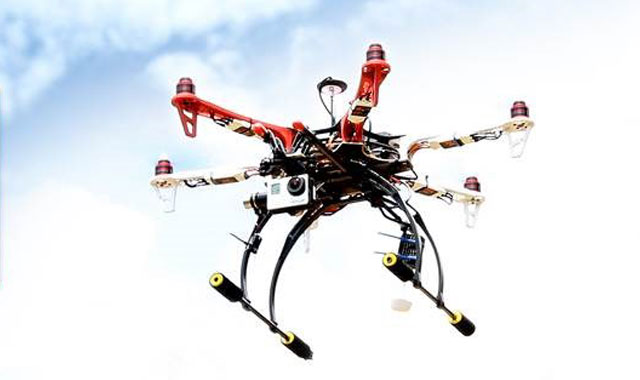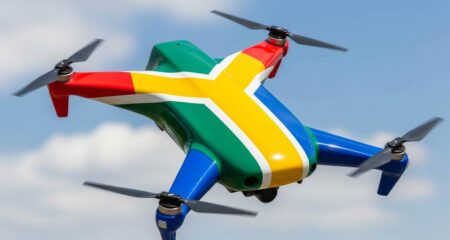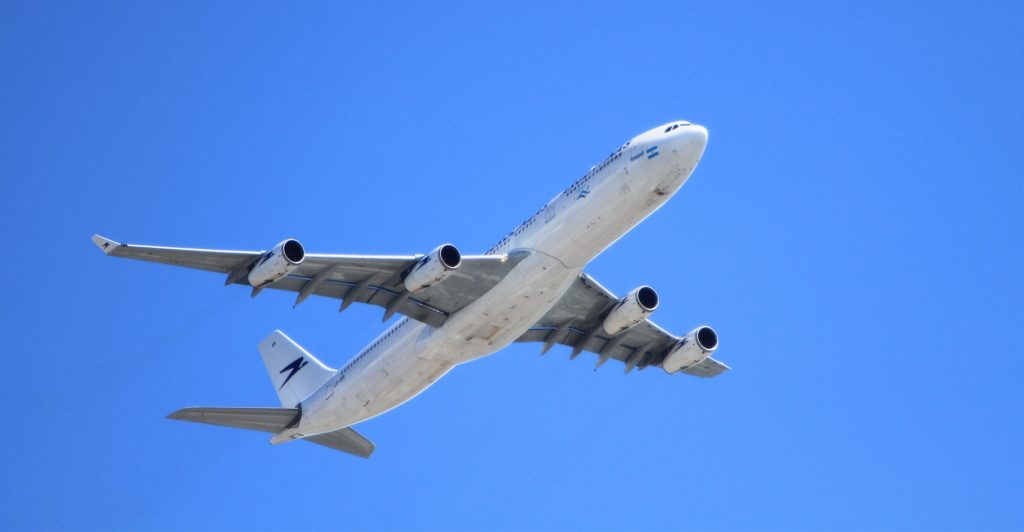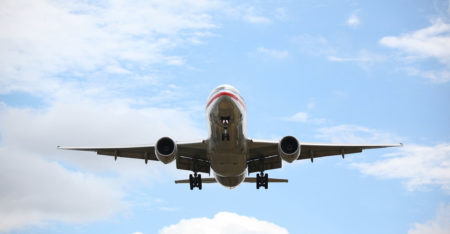
New rules regulating the use of remotely piloted aircraft systems, popularly known as drones, have been signed by transport minister Dipuo Peters and will officially be put into effect on 1 July 2015.
The director of civil aviation, Poppy Khoza, said the South African Civil Aviation Authority (Sacaa) had engaged with a number of key roleplayers operators, manufacturers and other airspace users and after months of amendments, refining and incorporating requests by various stakeholders. A draft was finally sent to Peters for review and approval on 5 May.
Sacaa has taken the lead in formulating its own recommended standards and practices.
“In the absence of guiding documents from [the International Civil Aviation Organisation, or ICAO], regulators such as ourselves have had to swiftly derive measures to address the regulation deficiency in response to a growing demand to regulate this sector.”
“Sacaa took into account the national safety and security needs. We also took into account the work done by ICAO thus far.”
Here the 12 most important things people need to know about the rules in accordance with part 101 of civil aviation regulations.
- You need to have an approved and valid remote pilot licence as well as a letter of approval to operate the drone
- The letter of approval will be valid for 12 months. While you do not need to have these documents when buying a drone, the seller will have to make you aware of the requirements as stipulated in Sacaa regulations
- Drones cannot fly more than 400ft or 120m above the ground, nor within in 10km of an aerodrome
- Drones cannot be flown within 50m above or close to a person or crowd of people, structure or building — without prior Sacaa approval. Nor can you fly drones adjacent to or above a nuclear power plant, a prison, a police station, a crime scene, a court of law and national key points
- The rules do apply to toy aircraft or unmanned free balloons or other types of aircraft which cannot be managed on a real-time basis during flight
- You cannot use a public road for the take-off or landing of a drone
- You cannot use a drone in adverse weather conditions, where your view of the drone is obstructed since visual contact must be maintained by the operator — unless in approved beyond visual line of sight or night operations
- Drones need to give way to all manned aircraft and should avoid passing over, under or in front of manned aircraft, unless it passes well clear and takes into account the effect of aircraft wake turbulence
- Drone pilots will be required to tune into the air traffic services for the controlled airspace they will be flying the drone, reporting co-ordinates to said traffic controllers — and all flight activity also needs to be recorded in a logbook
- Drones cannot be used to transport cargo or make deliveries
- Drones cannot tow another aircraft, perform aerial or aerobatic displays or be flown in formation or swarm
- All incidents involving an drone must be reported, especially where there is any injury to a person, damage to property or destruction of the drone beyond economical repair
The full details of the regulations can be found on www.caa.co.za. — Traveller24




